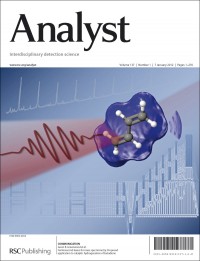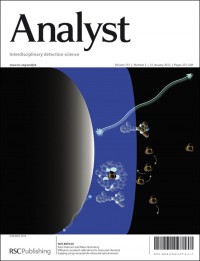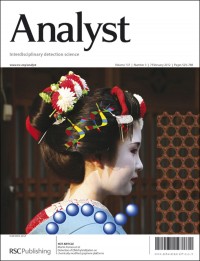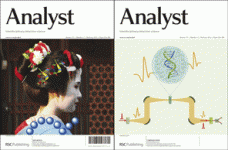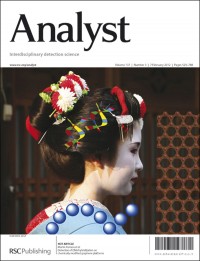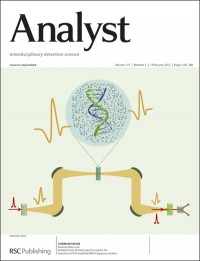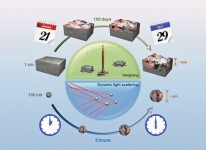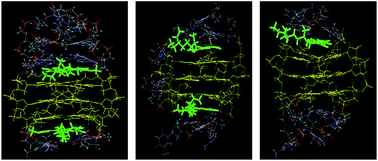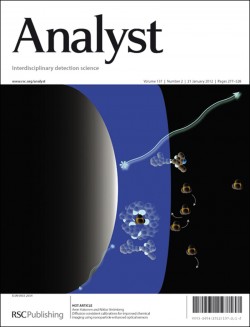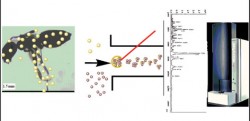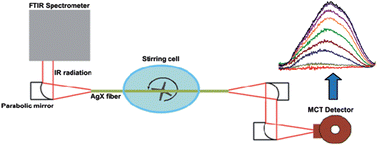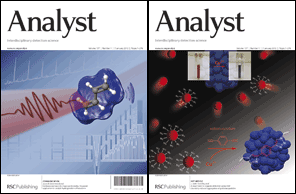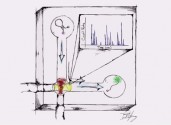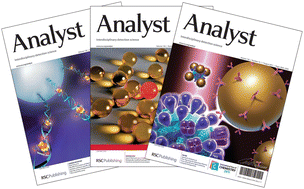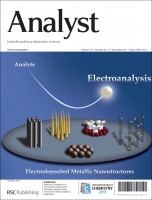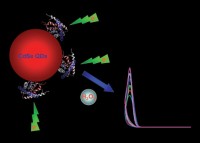The Federation of Analytical Chemistry & Spectroscopy Societies (FACSS), of which the RSC is a member society, has announced the winners of two awards.
The 2012 ANACHEM Award will be presented to Peter Griffiths, Emeritus Professor at the University of Idaho, USA.
Professor Griffiths completed his Ph.D. at Oxford University in 1967, and has worked in many different aspects of vibrational spectroscopy since then. The research in his laboratory has been largely centered on the application of infrared and Raman spectrometry to the solution of problems of analytical, environmental and structural chemistry.
The Association of Analytical Chemists, ANACHEM, is a non-profit organization dedicated to the general welfare and education of analytical chemists and to the advancement of the theory and practice of analytical chemistry as a profession; it was a founding member of FACSS.
The 2012 Charles Mann Award for Analytical Raman Spectroscopy will be presented to Don Pivonka, a senior principal chemist at Incyte Pharmaceuticals.
Dr Pivonka received his Ph.D. in analytical chemistry from Kansas State University, and then went on to work for many organisations including ICI and AstraZeneca. He has been a leader in the use of infrared and Raman spectroscopy within the area of pharmaceutical discovery, and has championed novel applications for understanding relationships between drug candidates and their ligand/receptor interaction in biological systems.
The Charles Mann award for Applied Raman spectroscopy was instituted in 2002 by FACSS following the untimely death of Professor Charles (Charlie) Mann. Professor Mann was a long-standing faculty member at Florida State University, and contributed significantly to the development of analytical Raman spectroscopy.
As award recipients, both Peter and Don will give a plenary lectures at the SCIEX conference in Kansas City later this year.
Congratulations!
You may also be interested in:
Minireview: Non-invasive analysis of turbid samples using deep Raman spectroscopy
Kevin Buckley and Pavel Matousek
Analyst, 2011, 136, 3039-3050
DOI: 10.1039/C0AN00723D
Follow us on Twitter: @analystrsc
He has been a leader in the use of infrared and Raman spectroscopy within the area of pharmaceutical discovery, and has championed novel applications for understanding relationships between drug candidates and their ligand/receptor interaction in biological systems.














